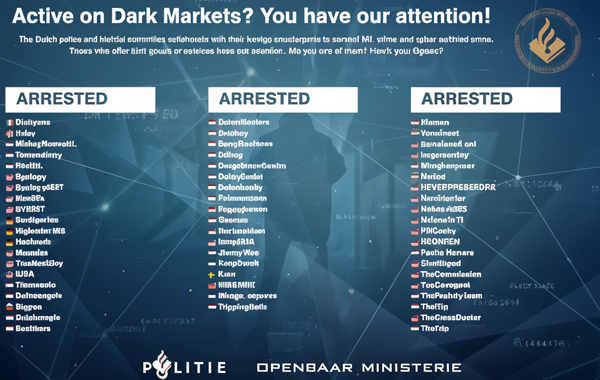
GitHub, Telegram Bots, and QR Codes Abused in New Wave of Phishing Attacks
A new tax-themed malware campaign targeting insurance and finance sectors has been observed leveraging GitHub links in phishing email messages as a way to bypass security measures and deliver Remcos RAT, indicating that the method is gaining traction among threat actors. “In this campaign, legitimate repositories such as the open-source tax filing software, UsTaxes, HMRC,…













